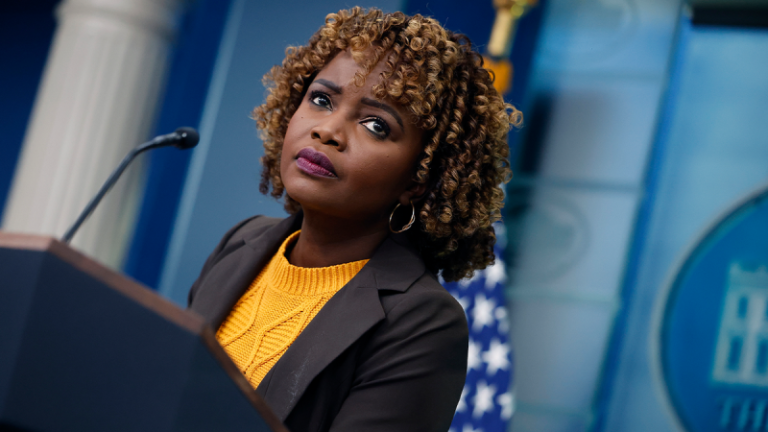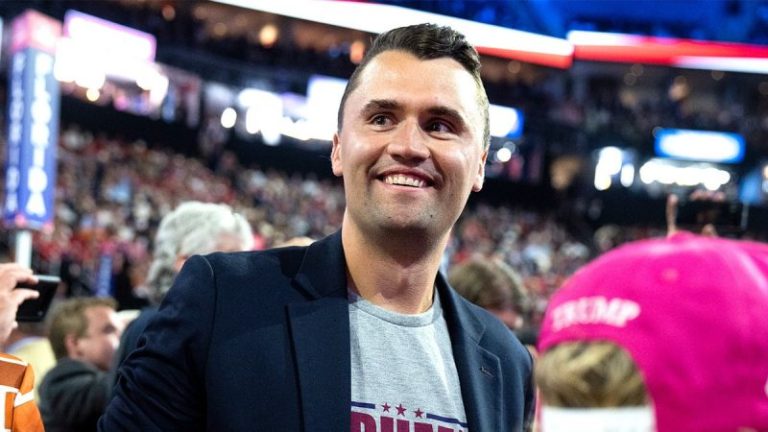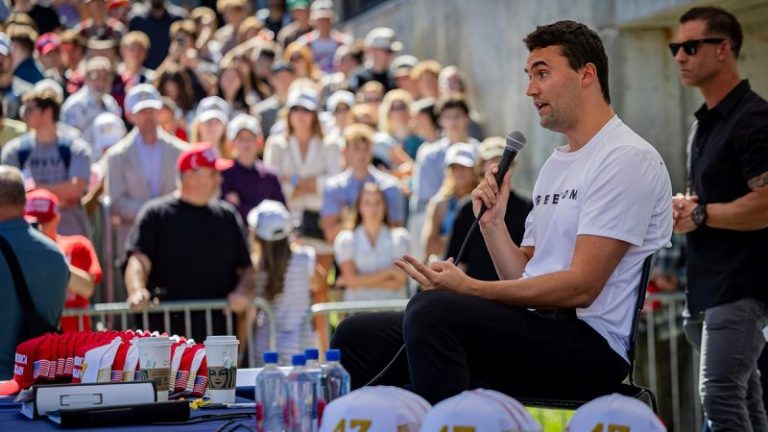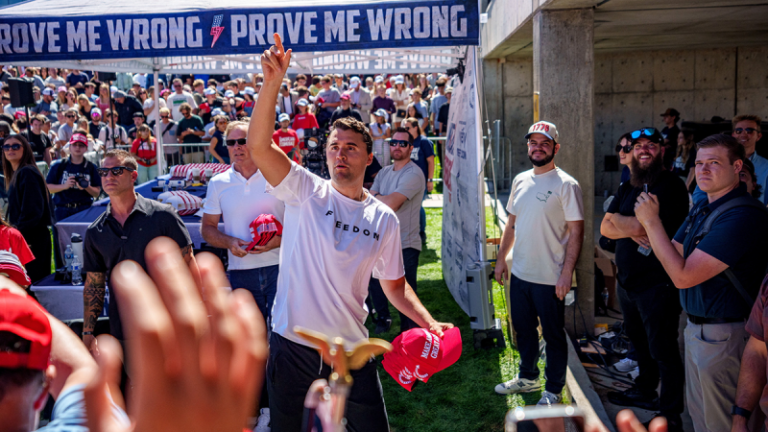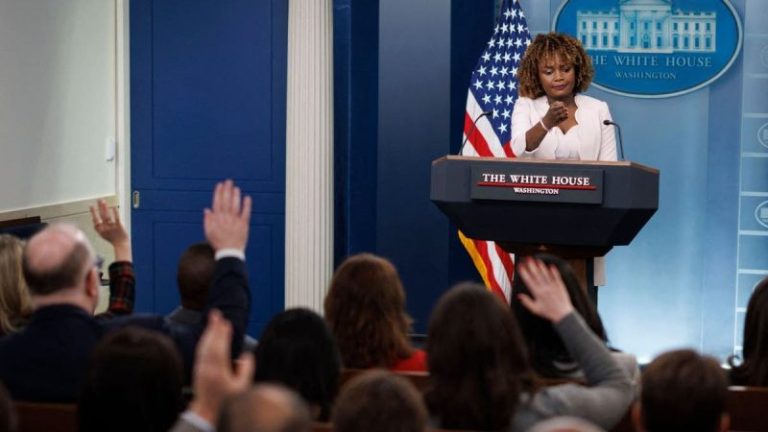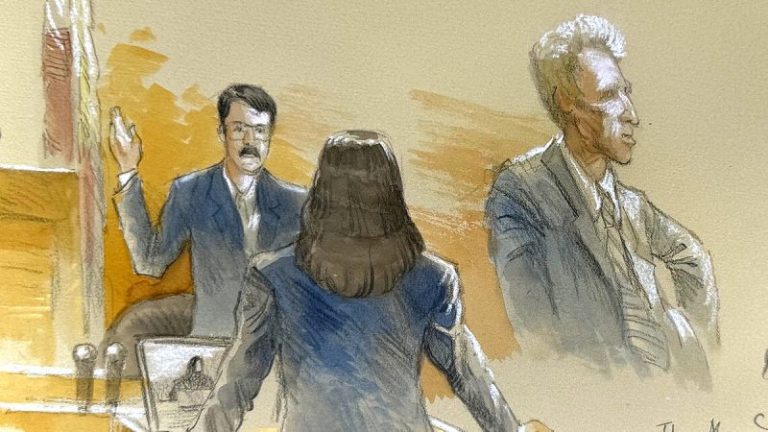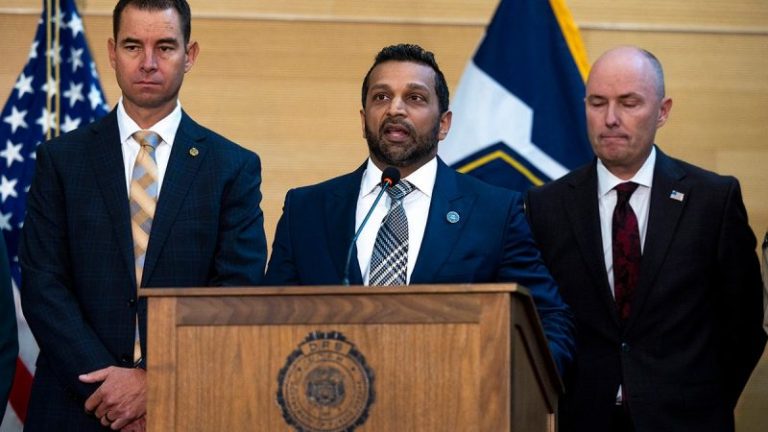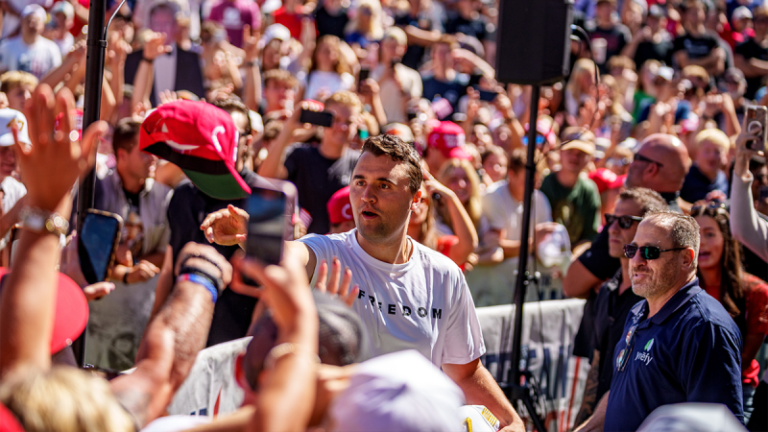Below are live updates from inside the federal trial of Ryan Routh, accused of attempting to assassinate President Donald Trump in September 2024 at his West Palm Beach golf club. The proceedings are closed to electronics and not televised, with Fox News reporters providing firsthand accounts from the Federal Courthouse in Fort Pierce, Florida.
Secret Service agent describes ‘textbook ambush’ — 11:52 a.m. ET
The government’s first witness, Special Agent Robert Fercano, testified Thursday that Ryan Routh aimed a rifle directly at his face while lying in wait at Trump International Golf Course in West Palm Beach on Sept. 15, 2024.
Fercano, now with Homeland Security Investigations – but at the time a Secret Service agent – said he was scanning the sixth hole while Trump played the fifth when he noticed ‘several abnormalities on the fence line.’
‘There appeared to be a face, a barrel of a weapon and what I perceived to be plates, like Humvee plates like I saw in the Marine Corps,’ he told Department of Justice prosecutor Maria Medetis Long.
Fercano said he tried to make contact: ‘Hey sir,’ he called out. Moments later, he noticed the rifle barrel starting to move, heard ‘what sounded like a groan,’ and saw the man smile, he testified.
At first, Fercano said, he thought it could be a homeless person. But Fercano claimed the barrel followed his movement and he saw plates hanging from the fence that looked like makeshift bulletproof shielding.
‘This appeared to be a textbook ambush scenario,’ Fercano testified, saying he drew his weapon and fired as he walked backward.
Jurors also heard Fercano’s frantic radio calls:
‘Mogul on 5 green,’ at 1:24 p.m., alerting colleagues Trump was on the fifth hole.
Just 11 seconds later: ‘Shots fired, shots fired, shots fired.’
‘Be advised it looked like an AK-47 style rifle pointed through the fence.’
Prosecutors then presented the Chinese-made SKS rifle they say Routh used. Wearing black gloves, Fercano demonstrated for the jury how 1–2 inches of the barrel protruded through the fence that day.
Representing himself, Ryan Routh spent about 15 minutes questioning Special Agent Robert Fercano before the court broke for lunch.
Routh began with an unusual opener: ‘Good to see ya. First question, is it good to be alive?’
‘Yes, it is good to be alive,’ Fercano replied.
Routh followed up: ‘I’m sure your family is happy you’re alive and well?’ Prosecutors objected, and the agent did not answer.
Throughout the exchange, Fercano repeatedly identified Routh as the man he saw that day. ‘I saw you in the bushes… you smiled at me,’ he said. Routh did not dispute the identification.
Routh asked why Fercano moved off the golf cart path and onto a service path. Fercano said he was ‘thinking like a criminal’ and noticed Routh along the fence line.
When Routh asked if a tree limb blocked his view, Fercano said, ‘The path was unobstructed.’
Pressed on whether the suspect was concealed, Fercano answered: ‘Yes, you were concealed.’
Routh asked, ‘You happened to see the individual driving by?’ Fercano replied, ‘There was no individual driving by.’
In a final series of questions, Routh pressed Fercano about sniper tactics: ‘As far as being a sniper, what would be the best stance to shoot people? Standing, crouching, laying down?’
Fercano responded: ‘I wasn’t a sniper… it depends.’
Court recessed for lunch until 1:05 p.m., when prosecutors will decide whether to follow up with additional questions for Fercano.
Routh delivers rambling opening statement — 11:23 a.m. ET
Ryan Routh, representing himself in his federal trial where he is accused of attempting to assassinate Trump last year, spoke to jurors for just seven minutes before Judge Aileen Cannon cut off his opening statement, saying it had ‘absolutely nothing to do with this case.’
Routh began by apologizing to the jury: ‘Sorry to take your time and disrupt your lives…I’m so sorry.’ He then launched into a meandering monologue, citing everything from prehistoric human history to world leaders.
‘What is intent?… Why are we here? What is our intent? To love one another… Is this so difficult?’ Routh asked. He went on to reference Adolf Hitler, Vladimir Putin, Sudan’s civil war, and Israeli Prime Minister Benjamin Netanyahu.
After four minutes, Judge Cannon interrupted, dismissed the jury, and warned Routh his remarks ‘go beyond any relevance in the case.’ When he returned to similar themes, she stopped him again.
‘We have limited patience, and you don’t have unlimited license to go forward and make a mockery of the dignity of this courtroom,’ Cannon told him.
When the jury came back in, Routh grew emotional, choking up as he invoked Henry Ford and the Wright brothers, before saying: ‘This case means absolutely nothing. A life has been lived to the fullest.’
At that point, Cannon ended his opening remarks and allowed prosecutors to call their first witness.
Trial begins with prosecution’s opening arguments — 10:15 a.m. ET
Federal prosecutors opened their case against Routh on Thursday, telling jurors he came ‘within seconds’ of assassinating Trump during a round of golf in West Palm Beach last year.
Assistant U.S. Attorney John Shipley read Routh’s own words to the jury — ‘Trump cannot be elected’ and ‘I need Trump to go away’ — before laying out what he described as a ‘deadly serious’ plan to kill a major presidential candidate.
Shipley said Routh traveled from Hawaii to the mainland with a Chinese military-grade assault rifle, 20 rounds of ammunition, 10 burner phones, three aliases, stolen license plates, and ‘a trail of lies from Honolulu to Florida.’
Jurors were shown photos of the golf course perch where prosecutors say Routh hid for 10 hours with his rifle chambered, safety off, and pointed at a Secret Service agent clearing the hole for Trump.
That agent, Fercano, testified Thursday. Shipley told jurors Fercano spotted Routh’s face in the bushes and saw ‘the muzzle of a rifle pointed directly at his face’ before returning fire.
‘Had he not seen that rifle,’ Shipley said, ‘the defendant would have succeeded in killing Trump.’
Routh has pleaded not guilty to federal charges of attempting to assassinate a major presidential candidate and assaulting a federal officer. Prosecutors say he was armed with an AK-style rifle when Secret Service agents stopped him near Trump’s golf course in West Palm Beach in September 2024. The attempt came just months after Trump was shot and narrowly survived an assassination attempt in Butler, Pa.
Routh’s opening statement also began Thursday morning. He was given 41 minutes for his opening arguments, right after prosecutors finished their opening presentation.
This is a developing story. Check back here for live updates.
This post appeared first on FOX NEWS

